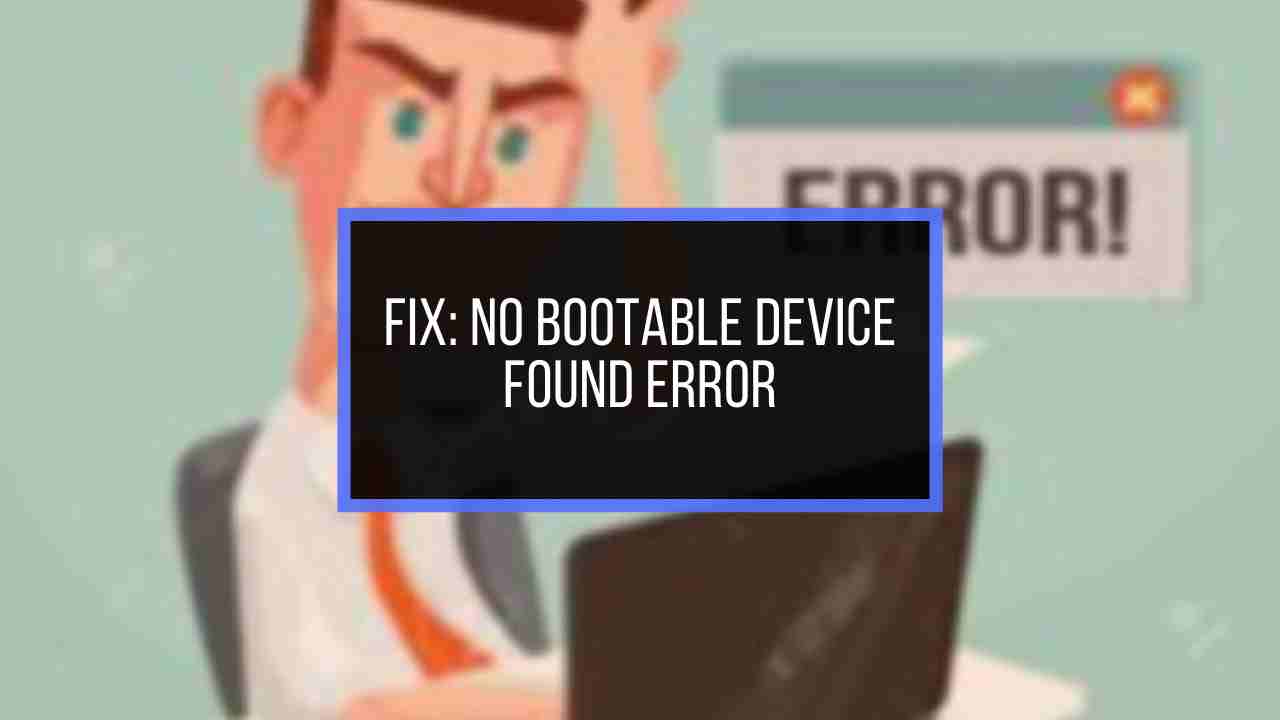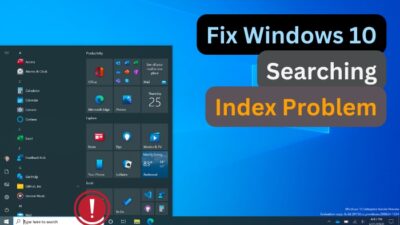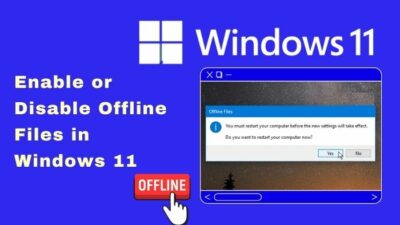Did you ever lose your device, or did someone go through your personal files stored on the device?
In these unexpected cases, you may face numerous problems with your confidential data stored on the hard drive.
Here BitLocker comes as a savior to protect your data from illegitimate access. This article will show you how to secure your drives using different methods.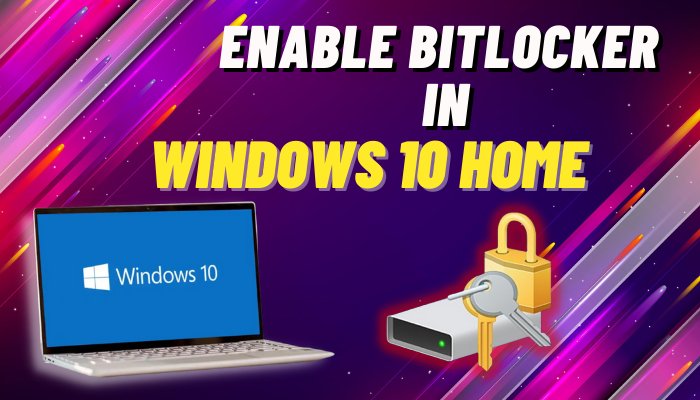
So, let’s get started!
Check out our separate post on how to disable caps lock notifications in Windows 10/11?
Can you Turn On the BitLocker on Windows 10 Home?
No, you can’t turn on BitLocker on Windows 10 Home. By default, Windows 10 Home doesn’t come with the BitLocker service. Windows 10 Pro, Education, and Enterprise versions have BitLocker that you can quickly enable from Windows settings.
However, you can use device encryption for your Windows 10 Home drives, which is also designed to protect your data from unauthorized access.
Before enabling encryption for Windows 10 Home, you must ensure that your device meets the encryption requirements.
Check the following device encryption requirements to turn on encryption on Windows 10 Home.
Here is the list of device encryption requirements:
- Trusted Platform Module version 2.0 or higher.
- Modern Standby support.
- Enabled TPM in UEFI/BIOS settings.
- Unified Extensible Firmware Interface (UEFI) firmware instead of Legacy BIOS.
You can turn on device encryption effortlessly if your device meets the above requirements. To do so, move on to the next section of this article.
How to Turn on Bitlocker in Windows 10 Home
Enabling BitLocker in Windows 10 Home is a hassle as Microsoft doesn’t provide BitLocker with the Home version. However, you can turn on device encryption, use a third-party application, or upgrade your Windows 10 Home to Windows 10 Pro, Education, or Enterprise.
The methods mentioned above also ensure the protection of your drives, like BitLocker. Find the most suitable method for you and follow the subsequent methods to secure your drives.
Here are the methods to turn on BitLocker in Windows 10 Home:
1. Enable Device Encryption
Check device encryption support to know if your device is ready to enable encryption. Consider the subsequent instructions to check device encryption support.
Here is the way to check device encryption support on Windows 10 Home:
- Click on the Start button and search for the System Information.
- Select Run as Administrator.
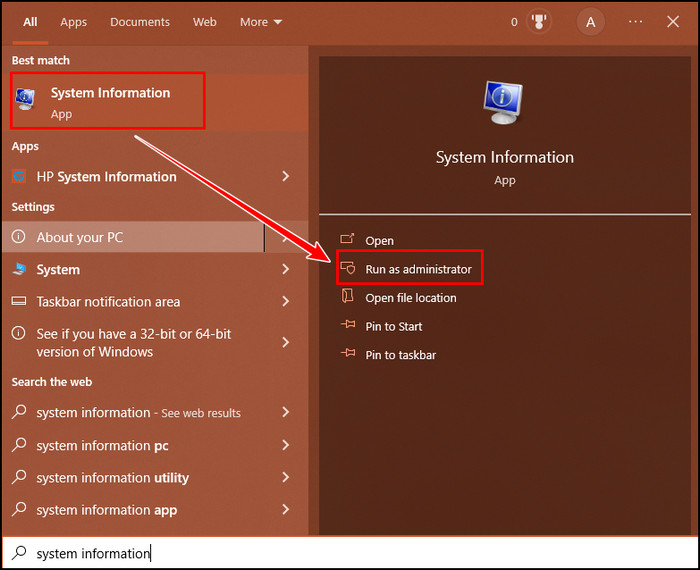
- Click on System Summary from the left pane.
- Scroll down to the bottom and locate Device Encryption Support.
- Ensure Device Encryption Support reads Meets prerequisites.
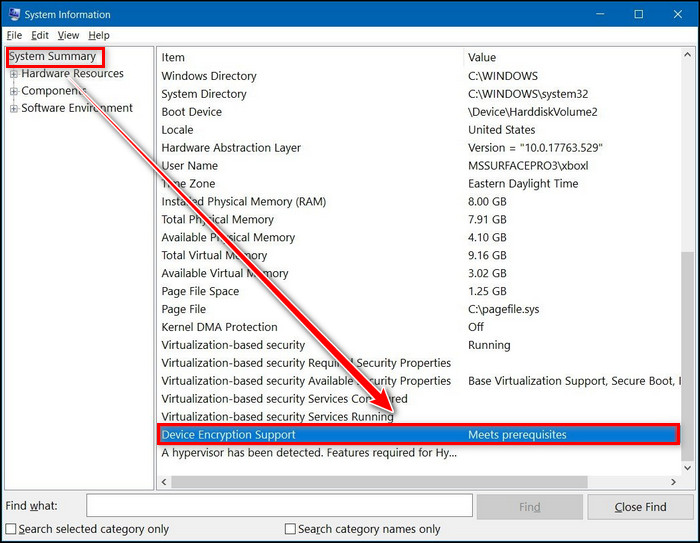
If the Device Encryption Support says Meets prerequisites, you can follow the instructions below to turn on encryption for your device.
Here is the procedure to enable device encryption:
- Right-click on the Start button and choose Settings.
- Select Update & Security.
- Click on the Device encryption tab from the left pane.
- Select Turn on to enable device encryption.
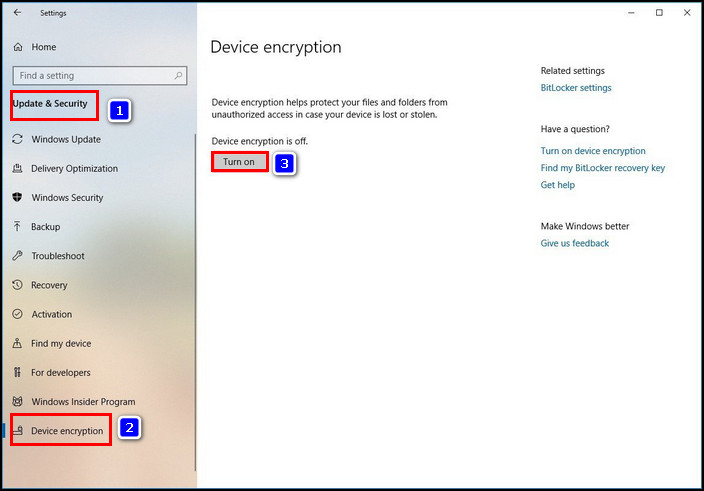
The above steps will encrypt all your files, and the files added in the future will be encrypted. You can turn off the feature by following the same instructions as above. Just in the last step, click on the Turn off button.
If you want to enable or disable device encryption in Windows 11, you can follow our guide on how to turn on or off device encryption on Windows 11.
2. Connect Your Drive with Another Windows PC
Though the Windows 10 Home version doesn’t allow users to encrypt drives with BitLocker, it allows them to unlock and access any encrypted files. 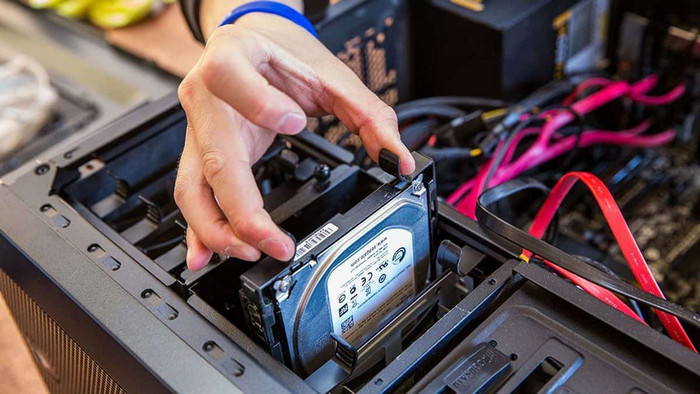 So you can encrypt your drive with another computer that is running on Windows 10 Pro, Education, or Enterprise and insert the encrypted drive into your Windows 10 Home PC or laptop.
So you can encrypt your drive with another computer that is running on Windows 10 Pro, Education, or Enterprise and insert the encrypted drive into your Windows 10 Home PC or laptop.
3. Use a Third-Party Application
You will find several third-party applications that offer the same features as BitLocker. Among them, M3 BitLocker Loader offers a cleaner UI and great functionality.
Go through the following process to install and use M3 BitLocker Loader to encrypt your Windows 10 Home hard drives and USB flash drives.
Here is the method to install and use M3 BitLocker Loader:
- Download M3 BitLocker Loader and install it on your machine.
- Launch the M3 BitLocker Loader application.
- Select the drive you want to encrypt.
- Click Encrypt next to the drive.
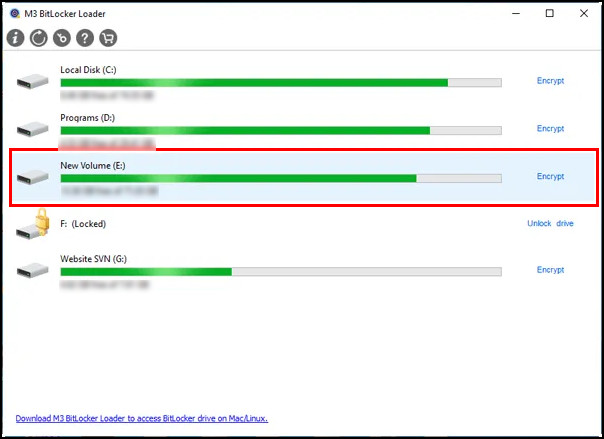
- Enter a Password to protect your drive and click Next.
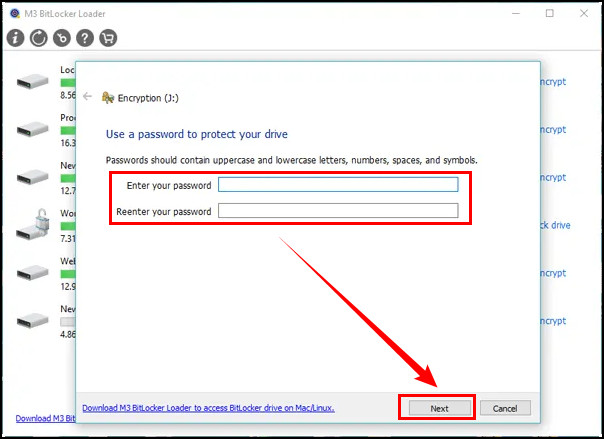
- Save the recovery key as a file or a printed copy and select Next.
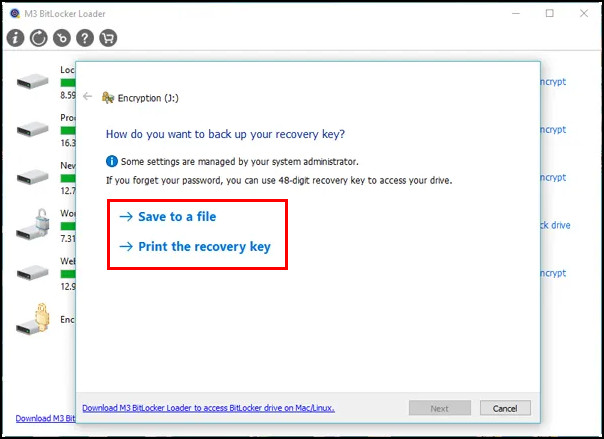
- Activate BitLocker encryption for the selected drive.
You can unlock the encrypted drive using your Password. In case you forget the Password, you can access the drive using the recovery key.
If you are using Windows 11, you can follow our guide on how to protect a file or folder using a password.
4. Upgrade to Windows 10 Pro
Another way to use BitLocker on your machine is by upgrading your Windows to the Pro version. If you have a valid Windows 10 Pro product key, consider the following procedure to upgrade your Windows.
Here is the procedure to upgrade to Windows 10 Pro:
- Click on the Start menu and navigate to Settings > Update & Security > Activation.
- Choose the Change product key under Upgrade your edition of Windows.
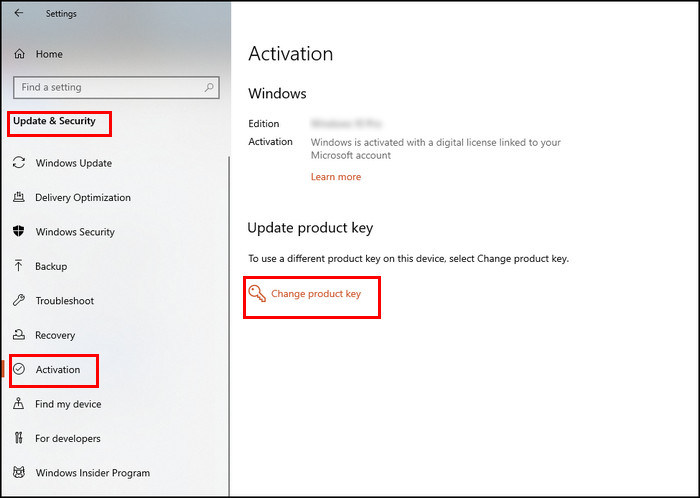
- Type the 25-character Windows 10 Pro product key.
- Click on Next, and the upgrade process will start instantly.
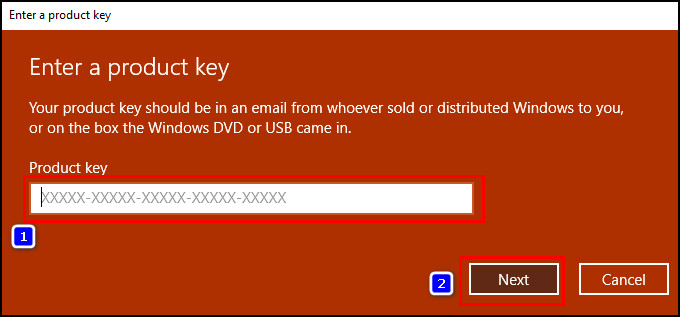
The above procedure will upgrade your Windows version to Windows 10 Pro, and you can use the BitLocker feature without any hassle.
Frequently Asked Questions
How do I encrypt files in Windows 10 home?
You can encrypt files in Windows 10 Home by navigating to Settings > Update & Security > Device encryption. Then turn on the Device encryption feature to encrypt your files.
Why is there no BitLocker in my Windows 10?
If you are using Windows 10 Home, you won’t find the BitLocker option because, by default, Windows 10 Home doesn’t include BitLocker. However, you can use device encryption to protect your files.
Can BitLocker be enabled without TPM?
Yes, you can enable BitLocker without a TPM chip. You must edit Windows policy using the Local Group Policy Editor tool to accomplish that.
Wrap Up
If you are using the Windows 10 Home version on your PC or laptop, you may wonder where the BitLocker option is in your Windows.
Unfortunately, Microsoft didn’t include the BitLocker in the Home version of Windows. But still, you can use device encryption to secure your files.
I have covered different methods to protect your files in Windows 10 Home. Which method did you find most suitable to execute? Let me know in the comment below.

